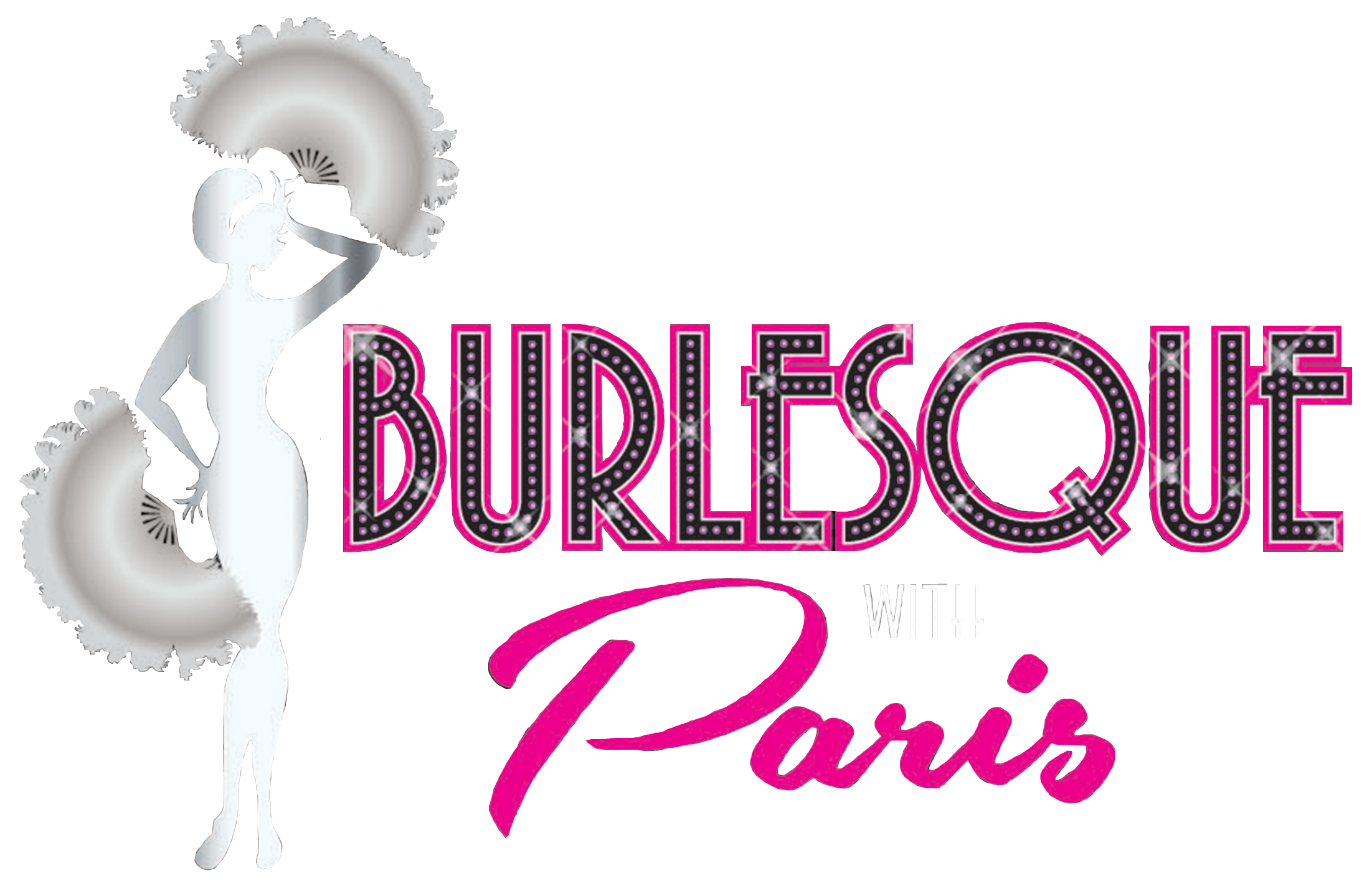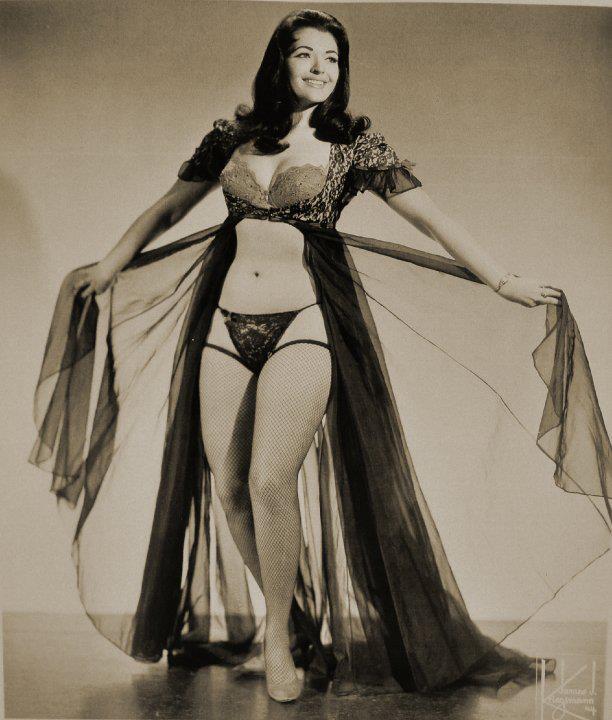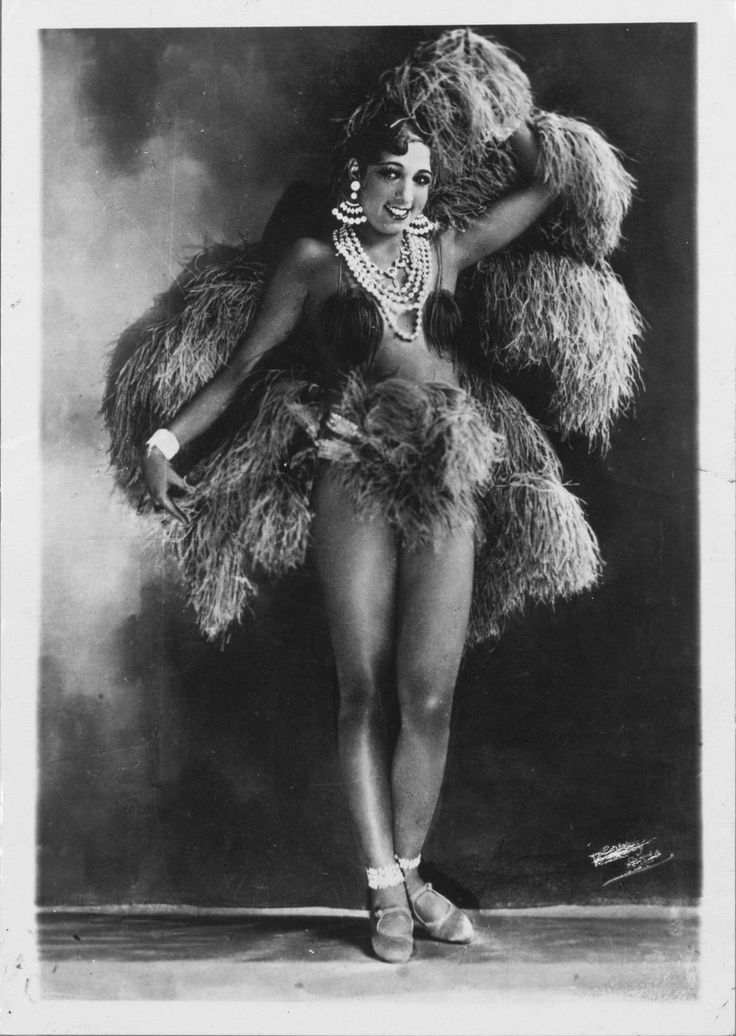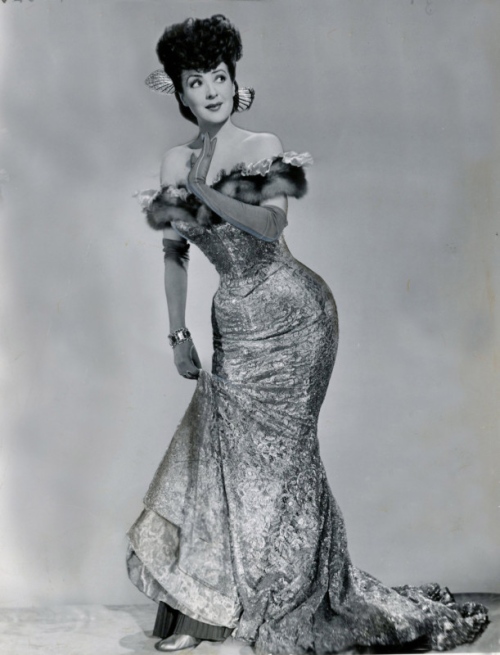The History Of Burlesque
There are so many people today who don't understand what burlesque is or where it comes from, or they even have the completely wrong idea of what burlesque actually is.
Burlesque has been a word used since the 17th Century, deriving from the Italian word 'burlesco', itself from 'burla' meaning joke or mockery. It was used to describe this type of theatre during the Victorian era.
Though burlesque was also used to describe pastiche and parody in the 17th and 18th centuries. Burlesque shows were also referred to as 'travesty and 'extravaganza'.
Burlesque has led two lives - one in ancient Greece and then all over Europe, where it was a bawdy form of theatrical satire; the other in America where it was otherwise known as the striptease.
If you look closely you'll find that the father of burlesque was really a playwright of the 5th century BC Athens. Aristophanes was the playwright, poet, and reformer who penned Lysistrata, the sexy masterpiece where the wives of the Athenian soldiers hole up in the Acropolis, depriving their husbands of sex until the termination of the Peloponnesian War. The playset the stage for centuries of ribald drama.
In the Victorian era, the flesh was well covered and they wore lots of fabric. Thus, when a group of young English women bleached their hair and donned flesh-coloured tights for the stage, they scandalized - and thrilled - Britain. The tights were an ingenious coup, giving the impression of naked flesh while remaining covered. The credit for this onstage tease goes to Lydia Thompson, the ambitious music-hall darling behind the peroxided burlesque troupe called The British Blondes. The public was outraged but bought tickets galore.
Lydia and her Blondes arrived in New York on September 1868, the city was waiting, pleading to be ravaged..... by tights. For the rest of the century burlesque flourished, developing into a full-nights entertainment that included chorus girls, comedy routines and song and dance.
There were the fabulous showgirls of la belle epoque in Paris in the late 19th century. While England and America were scandalized by tights, here it was the age of the cancan, the Follies Bergere, and the Moulin Rouge - and a time where any girl, no matter her background, could transcend class by lighting up the stage. The very best "dancers" consorted with kings, artists, and writers. Minstinguett was one of the biggest showgirls from this time who was linked romantically with Alphonso XIII, the king of Spain, and the Russian Prince Orloff. Minstinguett was generally esteemed as a model of beauty and mysterious feminine power.
In the early 1930s, Gypsy Rose Lee was the biggest sensation burlesque had ever seen. Billy Minsky invited Gypsy to join his theatre in New York and opening night at the Met Gypsy became burlesque's first household name. Gypsy was famous for chatting up her punters directly, with an enchanting combination of sweetness and mockery. They say she got the audience so riled up that she didn't need to strip. The audiences came in from all around to adore the "ecdysiasts" and Gypsy's stripteases lit up the stage.
The 1950s burlesquers were similarly bent on exaggeration. Their personalities, like their chest and hips, were BIG. The competition was fierce and every girl had a signature. Not just a look or attitude, mind you - this was the age of the big-time prop. There was Rosita Royce with her fly-away bikini or trained pigeons; Evangeline the Oyster Girl emerging, slow and swampy, from a giant shell; Lili St Cyr, splashing about in her trademark transparent bathtub. The competition was that fierce Evangeline the Oyster Girl, who's rivalry with an underwater "peeler" - the girl held her breath and disrobed in a tank of water onstage. Evangeline took a hammer and smashed the glass of the tank so it shattered. The stripper inside the tank sunk to the floor and the audience was drenched. This was just one of the many stunts that happened on stage with rival performers.
Burlesque has clearly come a long way since its beginning...... from parody to striptease, the genre has evolved into what we now know as burlesque in the 21st century. In the USA today, there is still a strong focus on the visual aspect, with dazzling costumes and scintillating striptease being at the core of many performances. Meanwhile, in Britain, many contemporary performers will employ parody in their routines, often alongside striptease. There is a belief that 'true British burlesque' of the modern-day, should 'tell a story' and any striptease should be relevant, not just taking it off for the sake of it!!
Contemporary burlesque has evolved from those basic origins into 3 main categories:
Cabaret, Striptease, and Traditional Burlesque.
Cabaret
Epitomized in French chorus line shows like Moulin Rouge or the Lido where glamour and grace are the main attractions and there is hardly ever a striptease, as most of the dancers appear topless, to begin with.
Striptease
Also very glamorous. Dita Von Tease is an excellent example of his kind of burlesque: The focus is on the gorgeous and expensive props and costumes, and how well she uses and loses them.
Traditional Burlesque
The favorite in the UK. This kind of burlesque is about humorous social satire, whether obvious or not. Each act relies on a story; if the performer strips, it's because the character or the situation requires it.
Some Of The Queens Of Burlesque
April March - The First Lady Of Burlesque.
Josephine Baker - The First Coloured Lady Of Burlesque.
Sally Rand - Known For Her Fan Dance And Balloon Bubble Dance.
Gypsy Rose Lee - A Woman Who Took It Off While Reciting Poetry.
Dixie Evans - Dubbed "The Marilyn Monroe Of Burlesque".
Burlesque is so much more than it seems and is certainly much more than taking your clothes off. The history of burlesque and all of its queens are endless and there is so much you can read and learn about. It truly is an art form and is certainly a very interesting subject to research about. I think you would surprise yourself with what you will learn ...........













